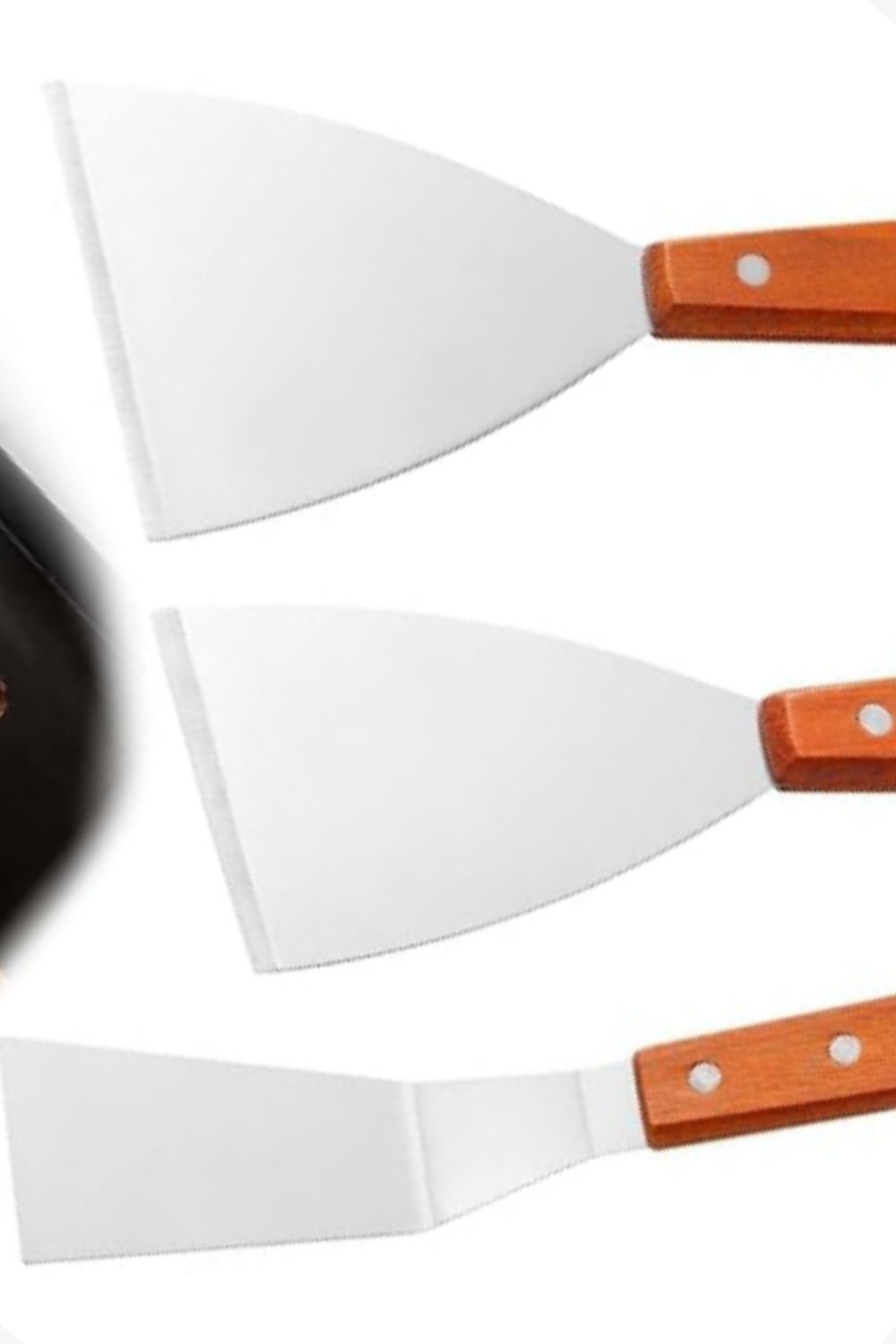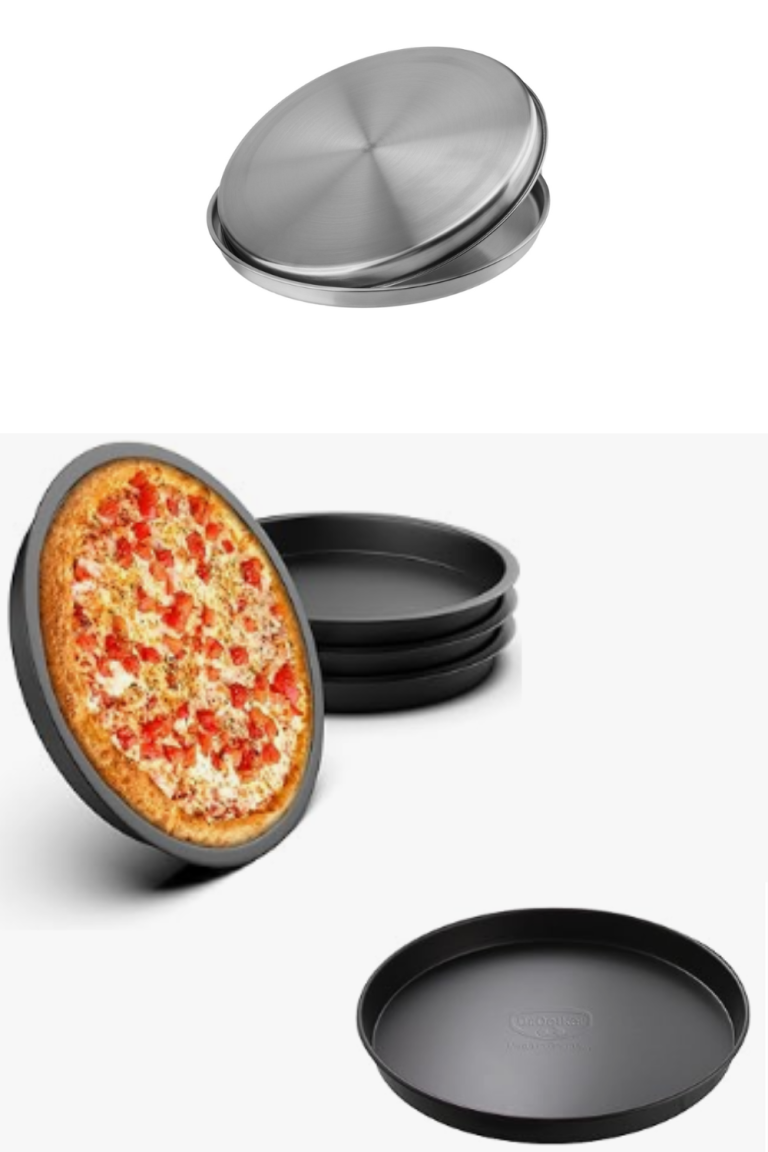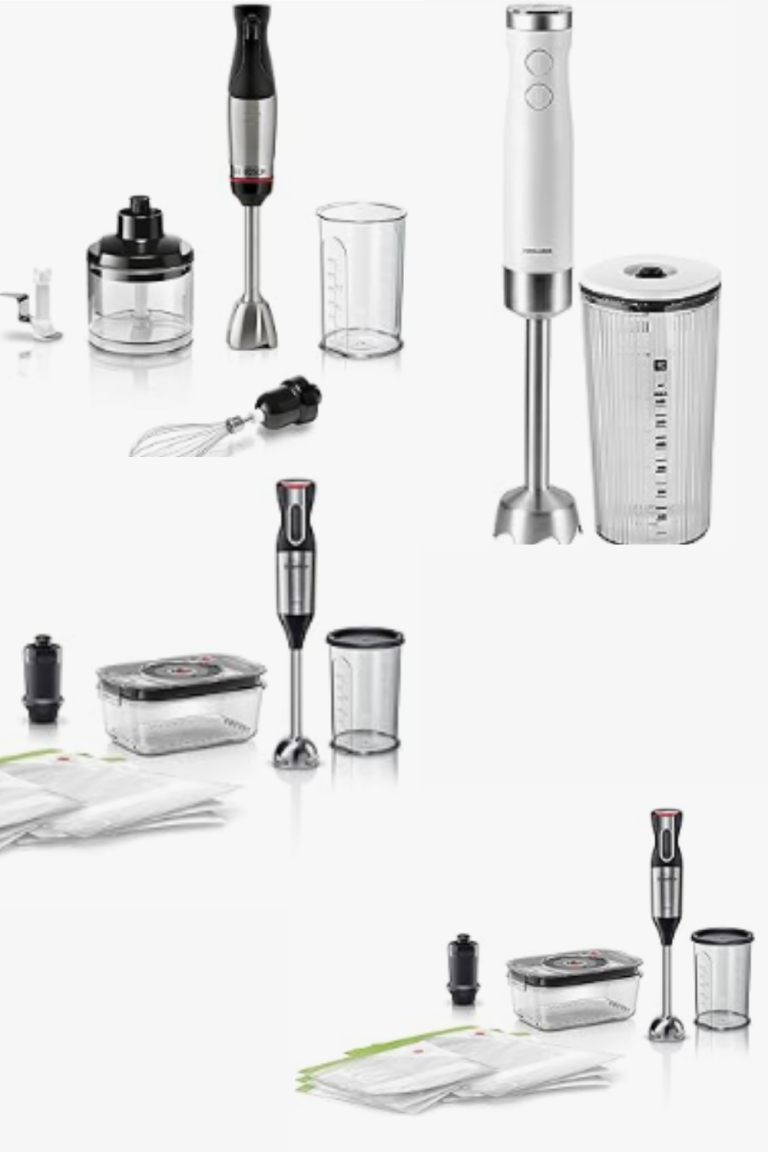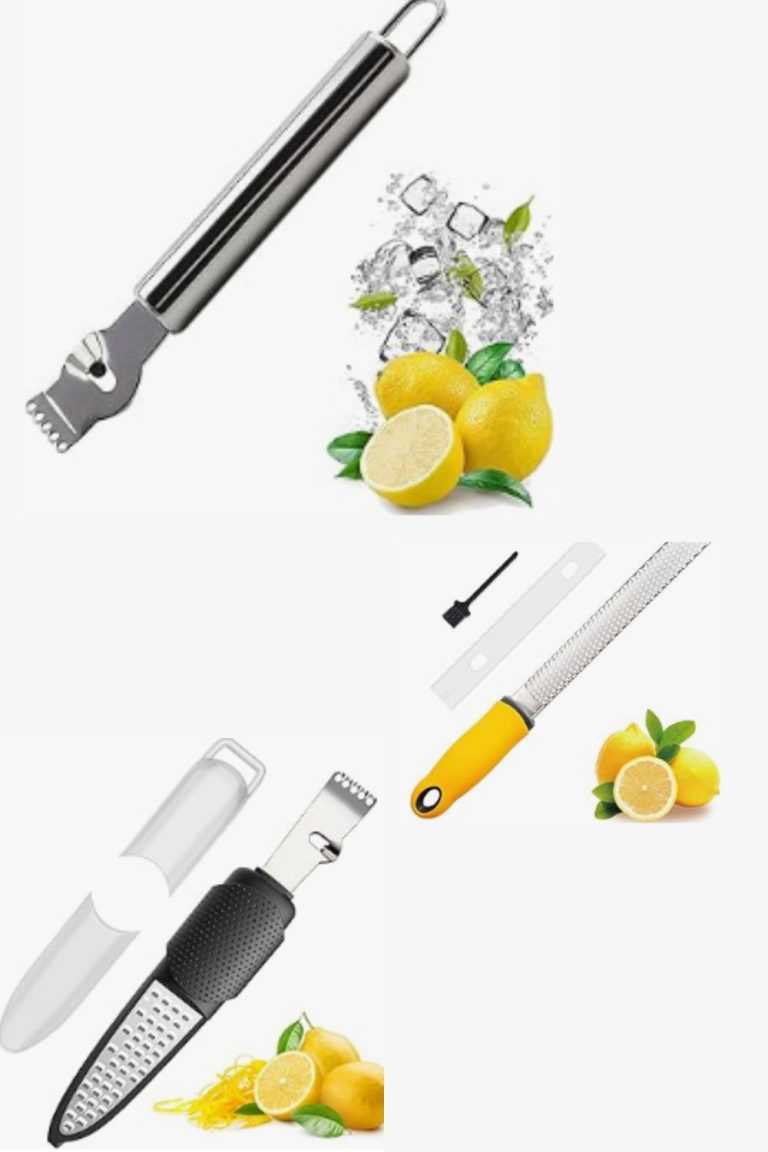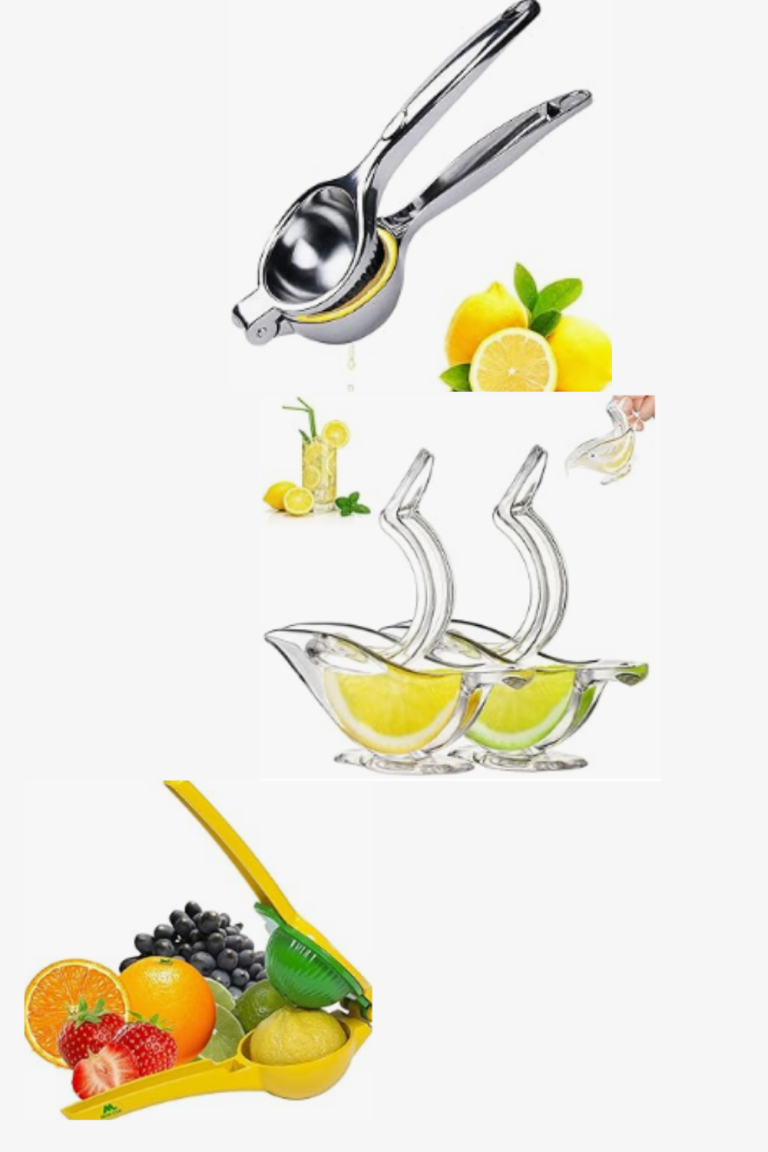AS: Angled Spatula role in cake making Explained
In the world of cake making, you’ll encounter a variety of tools, each with its unique role and purpose. Today, I’m focusing on the angled spatula, a tool that might not always be in the spotlight but is indispensable for achieving professional results. In this topic, I’m going to talk about the angled spatula and its role in cake making, drawing from my own personal experience with this versatile kitchen essential.
Table of Contents
ToggleWhat is an Angled Spatula?
An angled spatula, often referred to as a cake or offset spatula, is a kitchen tool designed with a flat, wide blade set at a slight angle. This design provides an ergonomic advantage when spreading, lifting, and smoothing various cake components. Unlike a regular spatula, the angled blade allows for better control and precision, which is crucial for tasks like frosting a cake or lifting delicate pastries.== >> Check out the right cake Angled Spatula, tools, and ingredients that you need here <
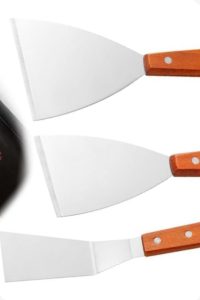
Why the Angled Spatula is Essential in Cake Making
1. Perfecting the Frosting
One of the primary uses of the angled spatula is for frosting cakes. The angled blade makes it easier to spread frosting evenly over the cake’s surface, whether you’re working on a crumb coat or a final layer. The angle of the spatula helps to avoid contact with the cake’s surface, allowing for a smoother application without disturbing the layers underneath.
2. Creating Smooth Finishes
Achieving a professional-looking finish is a breeze with an angled spatula. The slight tilt of the blade enables you to work around the cake with precision, ensuring that the frosting or ganache is evenly applied and smoothly spread. This is particularly useful when working with fondant or other delicate icing layers that require a smooth, flawless finish.== >> Check out the right cake Angled Spatula, tools, and ingredients that you need here <
3. Lifting and Transferring
Another key role of the angled spatula is in lifting and transferring cakes. Its thin, flat blade slides easily underneath the cake, allowing you to lift it off a cake board or parchment paper without damaging its shape. This function is invaluable when you need to move a delicate cake or layer from one surface to another.
4. Decorating with Precision
For intricate cake decorations, the angled spatula offers the control needed to execute fine details. Whether you’re creating swirls, patterns, or adding accents to your cake, the flexibility of the angled blade allows for precise and creative decorating. It’s an excellent tool for both novice bakers and seasoned cake decorators.== >> Check out the right cake Angled Spatula, tools, and ingredients that you need here <
Tips for Using Your Angled Spatula
- Keep it Clean: Regularly clean the spatula to avoid any residue buildup, which can affect the appearance of your frosting or icing.
- Use the Right Size: Angled spatulas come in various sizes. Choose one that fits the size of your cake and the level of detail you need for your decorations.
- Practice Makes Perfect: Like any tool, getting the best results with an angled spatula comes with practice. Spend some time experimenting to get a feel for how it moves and spreads.
Drilling Deeper: Comparing the Angled Spatula to Other Kitchen Tools
As you refine your cake-making skills, it’s useful to understand how different tools compare and when each one is best used. Let’s dive into how the angled spatula stacks up against other common kitchen tools like straight spatulas, bench scrapers, and offset spatulas. By comparing these, you’ll gain a clearer picture of when to reach for an angled spatula and how it enhances your baking experience.
1. Angled Spatula vs. Straight Spatula
Angled Spatula:
- Design: Features a blade set at an angle, which allows for better control and access to hard-to-reach areas.
- Use: Ideal for spreading frosting, smoothing ganache, and lifting delicate items from surfaces.
- Advantages: The angled blade offers precision and reduces the risk of messing up your cake’s layers. It’s especially useful for achieving a smooth finish on cakes.== >> Check out the right cake Angled Spatula, tools, and ingredients that you need here <
Straight Spatula:
- Design: Has a flat, straight blade without any angle.
- Use: Commonly used for mixing, stirring, and scraping the sides of bowls.
- Advantages: While it can be used for frosting, it doesn’t offer the same level of control and comfort for detailed work or smoothing surfaces as the angled spatula.
2. Angled Spatula vs. Bench Scraper
Angled Spatula:
- Design: Slim, flexible blade set at an angle.
- Use: Great for frosting cakes, spreading icing, and lifting baked goods.
- Advantages: Provides precise control and is particularly effective for detailed decorating and smoothing.== >> Check out the right cake Angled Spatula, tools, and ingredients that you need here <
Bench Scraper:
- Design: A flat, rectangular tool with a straight edge, often made of metal or plastic.
- Use: Primarily used for scraping dough, cutting pastry, and smoothing large surfaces.
- Advantages: Excellent for smoothing large, flat areas like cake sides or working with dough. It lacks the precision and flexibility of an angled spatula for intricate decorating tasks.
3. Angled Spatula vs. Offset Spatula
Angled Spatula:
- Design: Similar to the offset spatula but typically has a more pronounced angle.
- Use: Ideal for detailed work like frosting and decorating cakes with finesse.
- Advantages: The angle of the blade helps with precision and control, making it a go-to for professional results.
Offset Spatula:
- Design: Features a blade that’s offset from the handle, providing a different angle of approach.
- Use: Often used for spreading and smoothing, especially for cakes and delicate items.
- Advantages: The offset design allows for easy maneuvering around the cake without scraping the surface, making it versatile for various decorating tasks.== >> Check out the right cake Angled Spatula, tools, and ingredients that you need here <
When to Use Each Tool
- Angled Spatula: Best for fine detailing, smooth frosting application, and delicate lifting tasks. Its angled blade excels in precision work and is indispensable for creating a flawless finish on cakes.
- Straight Spatula: Suitable for general mixing and stirring tasks. It can handle basic spreading but might not offer the precision required for detailed frosting work.
- Bench Scraper: Ideal for tasks that involve large surfaces or dough. It’s useful for smoothing sides and scraping, but less effective for fine decorating.
- Offset Spatula: Versatile for both frosting and decorating, it provides ease of maneuvering and control but might not be as precise as an angled spatula for intricate work.== >> Check out the right cake Angled Spatula, tools, and ingredients that you need here <
Comparison Table: Angled Spatula vs. Other Kitchen Tools
| Feature | Angled Spatula | Straight Spatula | Bench Scraper | Offset Spatula |
|---|---|---|---|---|
| Design | Blade set at an angle for precision and control | Flat, straight blade | Flat, rectangular blade | Blade offset from handle for ease of maneuvering |
| Best For | Frosting, smoothing, delicate lifting and detailed decorating | Mixing, stirring, general scraping | Scraping dough, smoothing large surfaces, cutting pastries | Spreading and smoothing, especially on larger surfaces |
| Advantages | Provides control and a smooth finish; ideal for detailed work | Useful for basic mixing and stirring; affordable and versatile | Great for large tasks and large surface smoothing | Good maneuverability around edges and corners; versatile |
| Limitations | May not be suitable for large surface areas or heavy doughs | Less control for detailed work; not ideal for frosting precision | Not ideal for detailed decorating; less control for intricate tasks | Less precise than an angled spatula for intricate decorating |
| Material | Typically made of metal or plastic; sometimes silicone-coated | Usually metal or plastic | Metal or plastic | Metal or plastic |
| Size Options | Available in various sizes for different tasks | Available in different lengths for various mixing needs | Generally larger and broader for handling larger surfaces | Available in different sizes for different decorating needs |
Key Notes and Considerations
- Precision and Control: The angled spatula excels in providing precision and control, making it the go-to tool for tasks requiring finesse, such as frosting cakes and intricate decorating. The straight spatula lacks the same level of control for these tasks.
- Surface Size and Type: For large surfaces or dough, the bench scraper is your best bet. It handles broad areas well but isn’t as effective for detailed decorating. The offset spatula offers maneuverability but may not provide the precision needed for fine details.
- Versatility: While the angled spatula is highly versatile in cake decoration, other tools like the straight spatula and bench scraper serve different purposes. Each tool has its niche, so understanding their strengths helps in choosing the right one for the task.
- Ergonomics: The design of each tool affects its ease of use. The angled spatula’s ergonomic design makes it easier to work with delicate frostings and decorations. In contrast, the bench scraper’s flat design is suited for larger-scale tasks and may be less comfortable for detailed work.
- Material and Maintenance: Angled spatulas come in various materials, including metal and silicone, offering flexibility and ease of cleaning. Ensure you select a material that suits your needs and is easy to maintain, as different materials can affect the performance and longevity of the tool.== >> Check out the right cake Angled Spatula, tools, and ingredients that you need here <
FAQs on Angled Spatulas in Cake Making
1. What exactly is an angled spatula?
An angled spatula, also known as an offset spatula, is a kitchen tool with a flat blade set at a slight angle from the handle. This design helps in spreading, lifting, and smoothing cake frosting and other delicate baked goods.
2. How do I use an angled spatula for frosting a cake?
To frost a cake, use the angled spatula to apply frosting in a smooth, even layer. Start from the center of the cake and work your way outwards, using the angle of the blade to achieve a smooth finish. For the best results, hold the spatula at a slight angle and apply gentle pressure.
3. Can an angled spatula be used for other baking tasks?
Yes, an angled spatula is versatile and can be used for various tasks, including lifting baked goods off surfaces, smoothing ganache, and even spreading fillings. Its design makes it particularly effective for detailed decorating work.
4. How do I clean and maintain my angled spatula?
Cleaning your angled spatula is simple wash it with warm, soapy water after each use. If it’s made of metal, ensure it’s thoroughly dried to prevent rust. For silicone-coated spatulas, use a gentle sponge to avoid damaging the coating. Regular cleaning and proper storage will help maintain its functionality.
5. Can I use an angled spatula for tasks other than cake decorating?
Absolutely! While it’s a staple for cake decorating, an angled spatula can also be handy for tasks like spreading butter or jam, lifting cookies off a baking sheet, and even working with delicate pastries.
6. What size of angled spatula should I choose?
Angled spatulas come in various sizes. For smaller cakes and detailed work, a smaller spatula is ideal. For larger cakes or spreading tasks, a larger spatula provides better coverage and control.
7. How does an angled spatula compare to other tools like a straight spatula or bench scraper?
Each tool has its specific strengths. An angled spatula excels in precision and detailed work, while a straight spatula is good for general mixing and stirring. A bench scraper is best for large surfaces and dough handling. Understanding these differences helps you choose the right tool for the job.== >> Check out the right cake Angled Spatula, tools, and ingredients that you need here <
Final Words
Incorporating an angled spatula into your baking arsenal can significantly elevate your cake-making skills. Its unique design allows for precise control, smooth frosting applications, and delicate handling of baked goods. While it may not replace other tools, it complements them beautifully, offering specialized functions that enhance your baking results. By understanding how and when to use an angled spatula, you can achieve professional-looking cakes and enjoy a more enjoyable baking experience. Happy decorating.

Hi!
I’m Mike, the creator of Forum Foodies. In my own personal experience, understanding ingredients is key to great cooking.
Forum Foodies offers guides on various ingredients, from staples to exotic finds. Join our community, share your experiences, and learn from fellow food lovers.
Have questions or suggestions? Email me at info@forumfoodies.com. Let’s embark on this delicious adventure together.
Happy cooking.
Mike/
Related Posts
- AIR: Airing role in cake making Explained
In this topic, I’m going to talk about the concept of "air" and "airing" in…
- CRM: Creaming role in cake making Explained
In this topic, I'm going to talk about the creaming method and its role in…
- WHP: Whipping role in cake making Explained
In this topic, I'm going to talk about WHP - Whipping. From my own personal…
- ICG: Icing role in cake making Explained
When it comes to cake making, icing is truly the cherry on top. In this…
- INF: Infusing role in cake making Explained
In this topic, I'm going to talk about the magical process of infusing flavors into…
- BLT: Blotting role in cake making Explained
When it comes to baking, especially when crafting the perfect cake, every little detail matters.…
- ABS: Absorbing role in cake making Explained
In this topic, I’m going to talk about the concept of "absorbing" in cake making…
- BND: Binding role in cake making Explained
In this topic, I’ll talk about BND - Binding and its crucial role in cake…
- HS: Hot Spatula role in cake making Explained
In this topic, I’m going to talk about HS – Hot Spatula – and its…
- SCO: Scooping role in cake making Explained
In the world of cake making, every little detail matters. One technique that might seem…
- MIX: Mixing role in cake making Explained
When it comes to cake making, mixing is an art form that can make or…
- SLC - Slicing role in cake making Explained
When it comes to baking, the art of slicing can make or break the final…
- KNT: Knotting role in cake making Explained
In this topic, I'm going to talk about a fascinating aspect of cake making: KNT,…
- MCH: Machining role in cake making Explained
In this blog, I’m going talk about the MCH - Machining and its impact on…
- BRU: Bruising Role in Cake Making Explained
When it comes to baking, it’s easy to get caught up in the complexities of…

